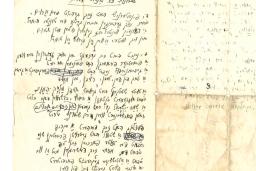All Stories: Ready to explore?
Human rights stories are all around us. We explore contemporary and historic human rights stories, from Canada and around the world.
Stories 61 – 80 of 82

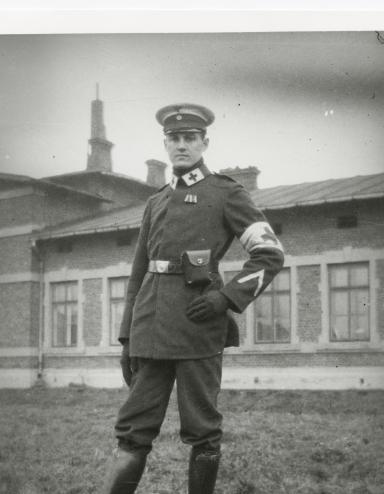
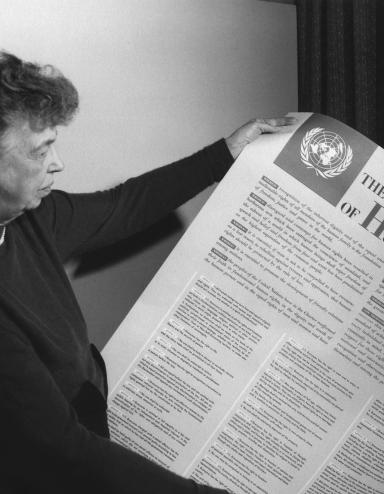
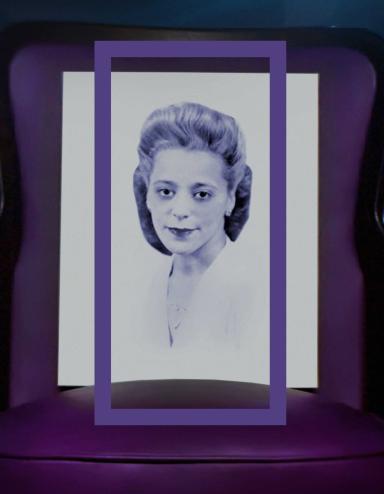
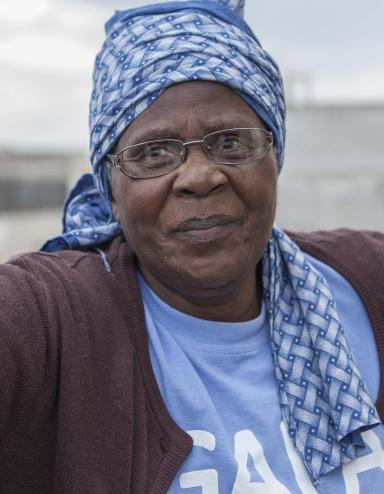
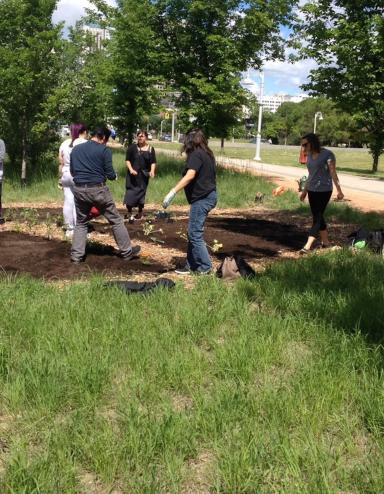
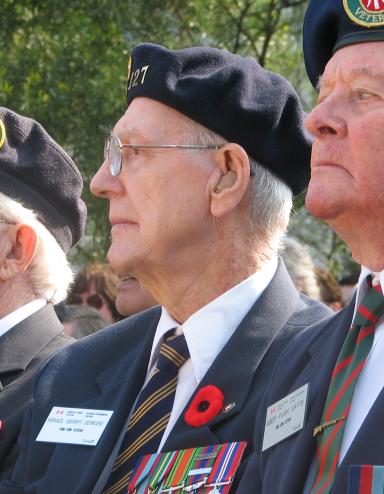
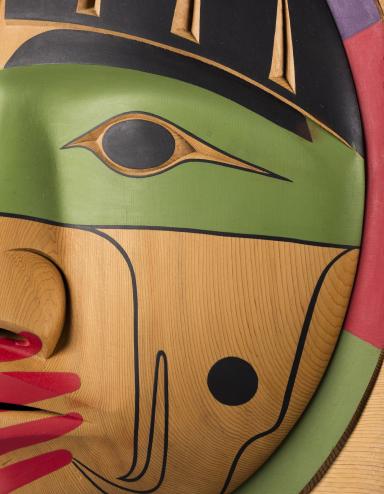

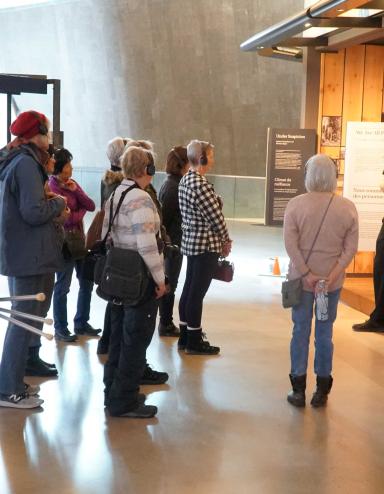
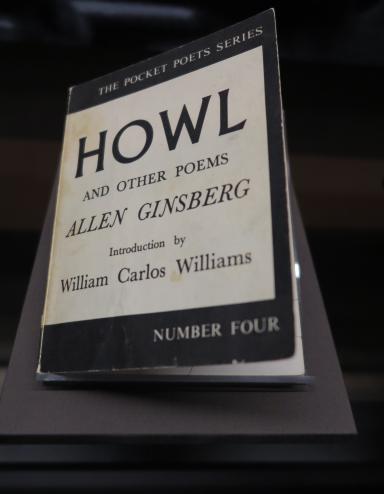
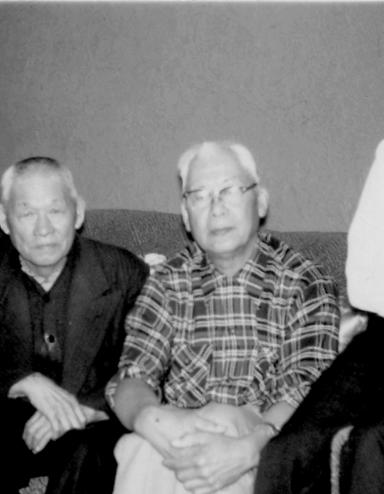
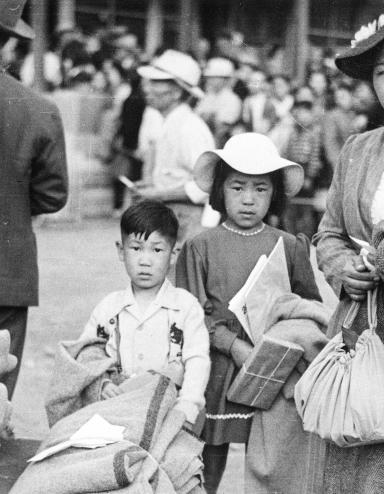

.jpg?itok=ZvBTTiip)
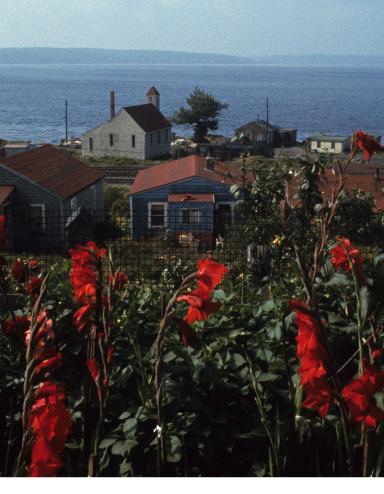

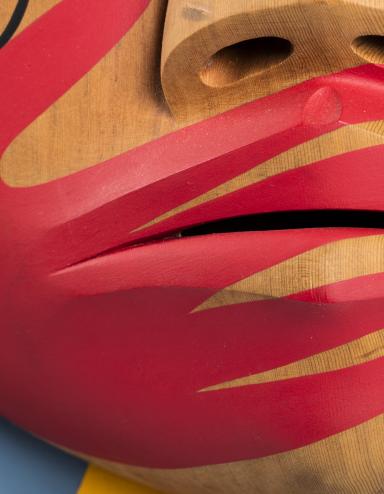
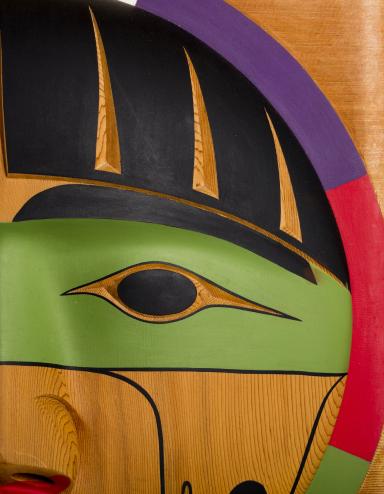
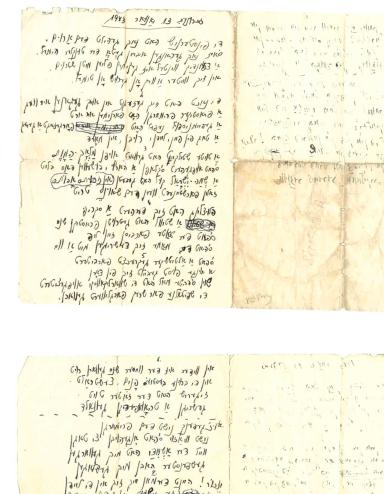
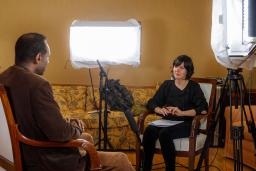
Armin Wegner: Witness to the Armenian Genocide
What does it mean to stand up for human rights? Read the story of a medic who risked his own safety to document the evidence of atrocity.
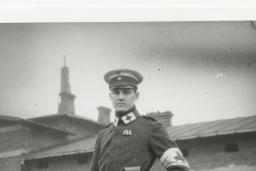
The Universal Declaration of Human Rights
This world‐famous declaration is celebrated each year on International Human Rights Day.
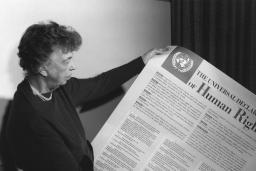
Viola Desmond: One woman’s resistance
Viola Desmond helped inspire Canada’s civil rights movement by refusing to give up her seat in a movie theatre. Now, she is on the $10 bill.
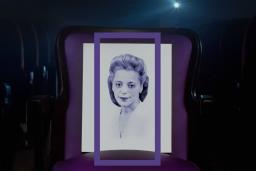
Powered by love: Grandmothers fighting HIV/AIDS
By Matthew McRae
It took Gogo Gladys Tyophol many years to come to terms with the death of her only son.
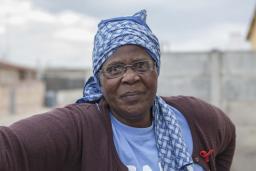
Planting a seed: Creating a community garden at the Museum
By Matthew McRae
My partner and I have a small garden just outside the front door of our home. I will admit that it’s not much to look at.
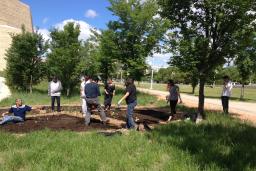
“A cauldron of hell”: The story of Canada’s Hong Kong veterans
By Matthew McRae
On December 8, 1941, the Japanese army launched an attack on the then‐British colony of Hong Kong, located in Southern China.
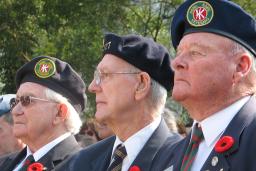
Truth and reconciliation: What’s next?
By Karine Duhamel
This article series has focused on the way we present Indigenous content within the Museum and how we are approaching reconciliation.
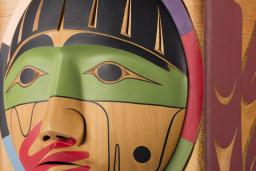
Lighting the Flame at the Pan American Games
By Rhea Yates
Fifty years ago, 10 young Indigenous athletes ran an 800‐kilometre relay from St. Paul, Minnesota, to Winnipeg, Manitoba, carrying the torch that would open the 1967 Pan American Games.
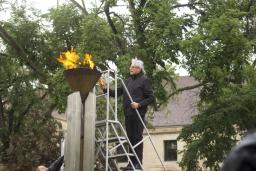
Exploring women’s rights and gender equality
By Chloe Rew
If I were alive in Canada before 1929, I would not have been considered a person. “Persons” under the British North America Act referred only to men.

Four fundamental freedoms
By Jeremy Maron
In his January 1941 State of the Union address, American President Franklin D. Roosevelt articulated four fundamental freedoms that everyone in the world ought to be able to enjoy – freedom of speech, freedom of belief, freedom from fear and freedom from want.
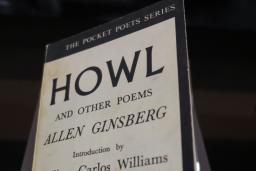
The Chinese head tax and the Chinese Exclusion Act
By Matthew McRae
When he was a little boy growing up in Vancouver, Dr. Henry Yu didn’t understand why his grandfather frequently took him on long walks to visit Chinatown.
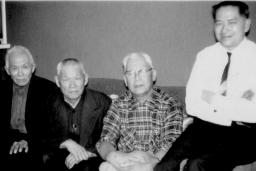
Japanese Canadian internment and the struggle for redress
By Matthew McRae
Before the outbreak of the Second World War, Lena Hayakawa lived what she describes as a very idyllic life.
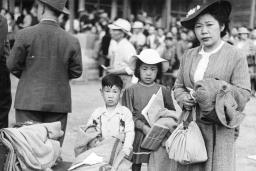
The story of the Komagata Maru
By Matthew McRae
When Nimrat Randhawa and her family immigrated to Canada in the summer of 2003, they arrived completely in the dark – literally.
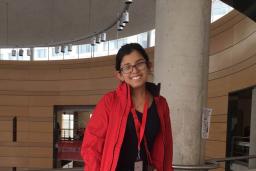
The Canadian Charter of Rights and Freedoms
By Armando Perla
The cornerstone of human rights protection in Canada is the Canadian Charter of Rights and Freedoms. The Charter forms part of Canada’s Constitution and came into being on April 17, 1982.
.jpg?itok=Mq0AI0ff)
The story of Africville
By Matthew McRae
If you’ve never heard of Africville, you’re not alone. This small Black community was demolished by the City of Halifax in the 1960s. Its residents have been fighting for justice ever since.

Approaching the human rights stories of Indigenous peoples
By Karine Duhamel
This article focuses on the creation and development of exhibition content exploring the human rights stories of Indigenous people in this country. To tell these stories, the Museum engaged with communities and individuals in a process of truth‐telling.
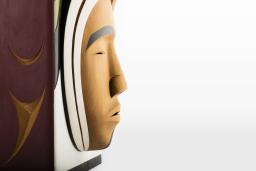
The nuts and bolts of reconciliation
By Karine Duhamel
As a child, I often visited museums. I was lucky to be able to travel with my family, and to visit interpretive spaces across the country.
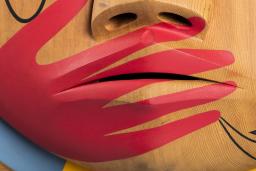
Why reconciliation? Why now?
By Karine Duhamel
Since the publication of the Truth and Reconciliation Commission of Canada’s final report in 2015, more and more Canadians seem focused on the idea of reconciliation.
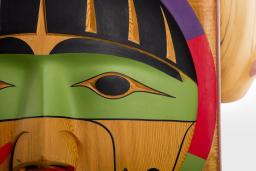
A Yiddish poem from the Holocaust
A single poem reminds us that even in the midst of atrocity, human dignity persists.
